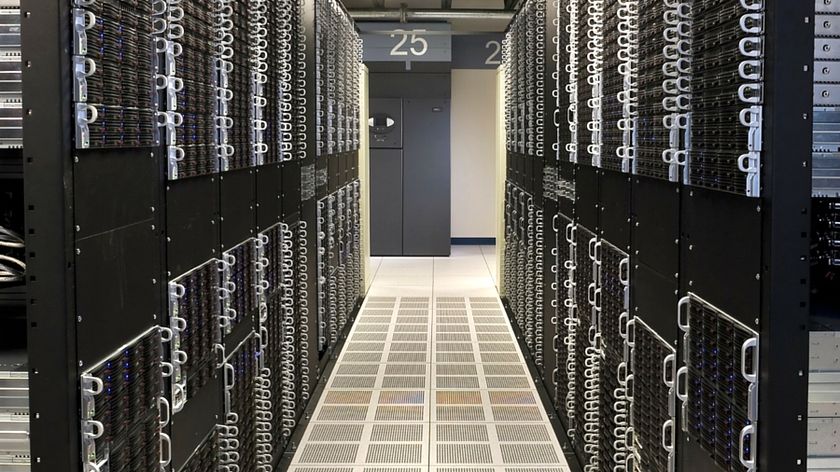Laser-printed holograms could enable 'smart windows'
Using a simple and inexpensive technique

Making holograms isn't easy - it requires expensive equipment, complex physics and time-consuming recording techniques. But a new method developed at the University of Birmingham is about to change all that.
Some progress was made with a recently-developed technique for hologram creation, which splits a laser pulse into two beams to create an interference pattern on a surface. That method gives the appearance of a hologram quickly and cheaply, but it requires precise alignment of the beams, and isn't very bright.
Haider Butt and his colleagues overcame those problems using a nanosecond laser than can print ink holograms about a square centimetre in size in just five nanoseconds. "The technique is slightly different from the conventional methods, which divide a single pulsed beam using beam splitters and then recombine them to produce holograms and nanopatterns," Butt told Phys.org.
'Simple and Reliable'
"Here we use only a single beam, which is reflected normally from a mirror," he added. "The incident and reflected beams interfere, and this interference pattern is used for writing/printing holograms. The technique requires far fewer optical components, it is very simple, reliable, and can be used for ablating a myriad of materials and substrates."
It's hoped this new hologram-creation method could be miniaturized into a smartphone, or even used to create 3D artwork and "smart windows". It also has applications in holographic data storage. "We and our collaborators are currently pursuing all these research paths and achieving good results," said Butt.
The team published its results in Applied Physics Letters.
Get daily insight, inspiration and deals in your inbox
Sign up for breaking news, reviews, opinion, top tech deals, and more.













